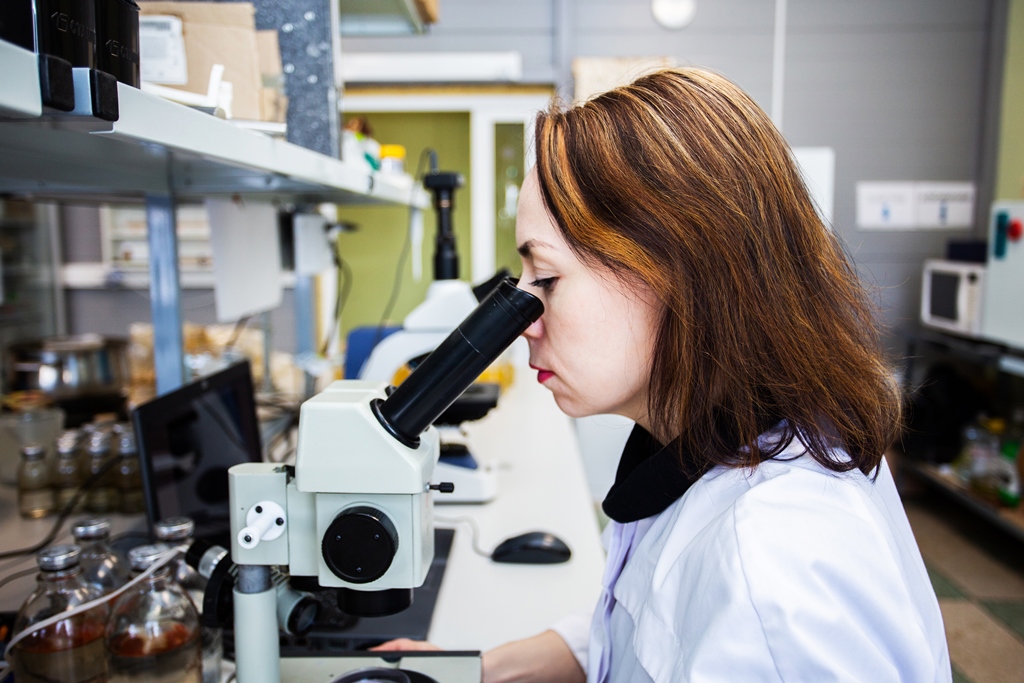The world currently has no technologies effective enough to fully clean the environment from polymer microparticles. Tomsk State University scientists have discovered that nature is trying to get rid of the toxic results of human activity by itself. For one thing, sludge worms inhabiting the bottoms of water bodies contribute to the burial of microplastics and reduce the pressure on other ecosystem inhabitants. The research results are published in the top-rated journal Science of the Total Environment.
“Microplastics (MP), represented by small plastic particles less than 5 millimeters along the maximum axis, are a relatively new kind of pollutant. Their presence in the air, bottom sediments and soil, fresh and marine waters, and biota is of global concern,” says head of TSU Microplastics in the Environment Research Center, Yulia Frank. “It is known that organisms living on the surface and in the water bodies' bottom sediments do interact with microplastics, but it has not been established for sure whether they contribute to the burial of plastic or, conversely, release it. Scientific literature offers contradictory data.”

Environmental microplastic pollution is becoming more and more urgent. International studies show that over the past 60 years, the amount of MP deposited in fresh-water and oceanic bottom sediments has increased tenfold.
Scientists at TSU Biological Institute conducted an experiment in the TSU strategic project Global Earth Changes: Climate, Ecology, Quality of Life, implemented as part of the program Priority 2030. The 150-day experiment clearly demonstrated that sludge worms have the ability to bury synthetic polymer particles in bottom sediments.
The burial of polypropylene particles progress was registered by submerging a layer of plastic in a microcosm, a miniature model of a natural water body, and observing the dynamic pattern. Observations and measurement results showed that the average microplastics deposition rate in the presence of worms was five times higher than without them: 4.14 ± 1.29 cm/year compared to 0.73 cm/year under controlled conditions. The numerical data obtained will allow us to acknowledge the contribution of zoobenthos organisms in quantitative assessments of global plastic cycle processes.
“Accelerated burial of particles occurs due to the movement of worms in sediments, their respiratory movements and nutrition. One can say that the sludge is doing the humanity an ecological favor – it removes microplastics from the biological cycle," notes Yulia Frank.
The study of microplastics in the environment and living organisms is a global trend. The scientific group at the TSU Microplastics in the Environment Research Center is actively pursuing it. Staff at TSU Biological Institute are among the first in Siberia to study microplastics in various environmental settings: surface waters, bottom sediments, and liquid and solid atmospheric precipitation. TSU scientists are now pursuing the study of microplastics in living organisms and the possibility of their involvement in the transport of microparticles from one ecosystem to another.